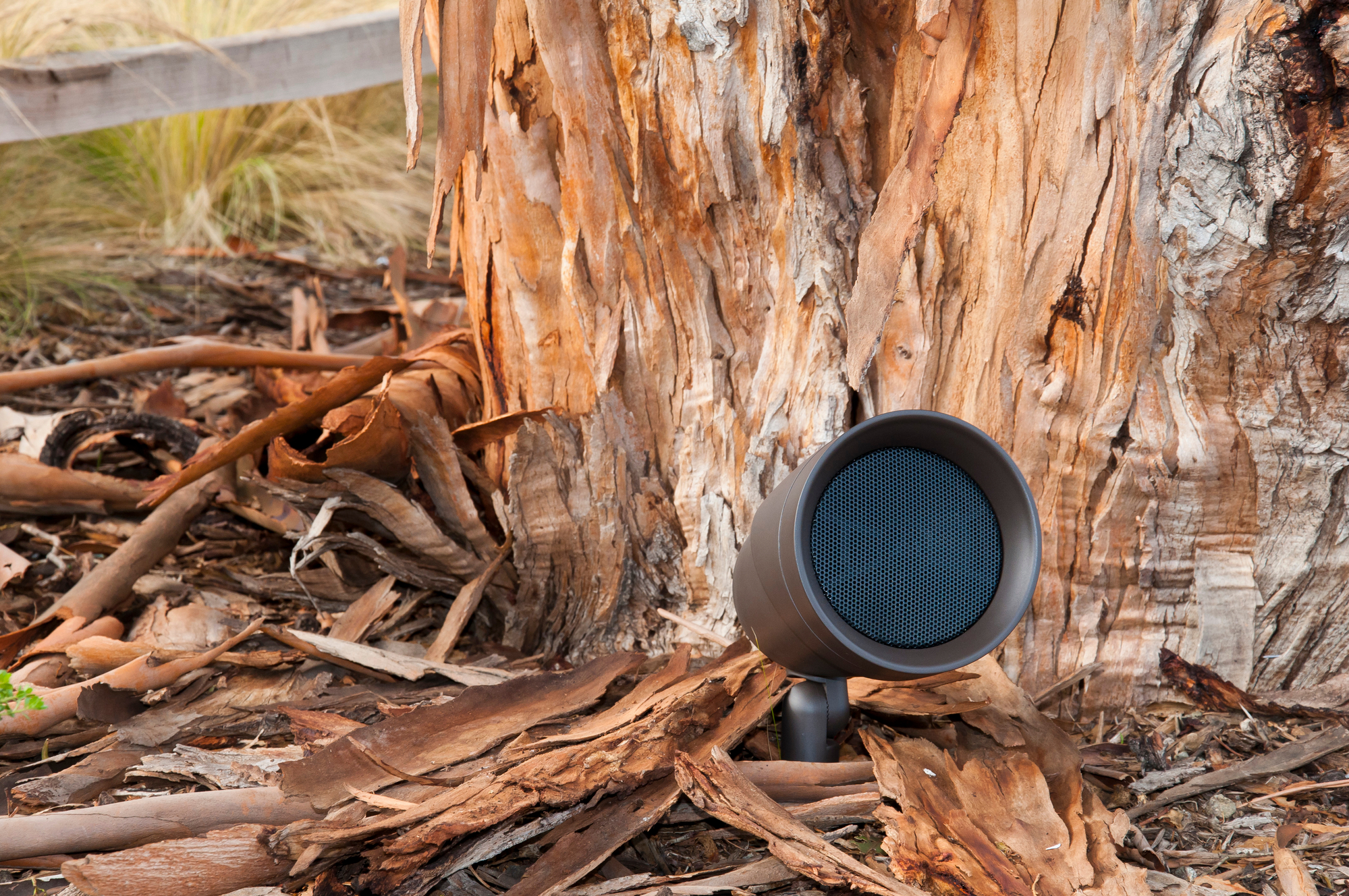5 Keys to Getting Great Sound from Choir Microphones
Hear Your Seattle Church Choir Loud & Clear
If you ask any church sound engineer what one thing they hate dealing with the most, there's a pretty good chance they will say getting a good choir sound causes them the most trouble. In fact, it's not just the sound guys who get frustrated with a choir. I know plenty of worship leaders in Seattle who struggle with having a choir as well. Not only is getting great sound from choir microphones tricky, but leading, organizing, and rehearsing that big of a group is a lot of work.
Why do we embrace the "hassle" of a choir? When done right, a choir not only allows more members of your church to lead worship but also elevates the entire service. With 20-100 voices on stage, supported by quality choir microphones, the collective sound can powerfully enhance your worship experience. Proper microphone placement ensures that every voice is heard, creating a rich, immersive atmosphere that deeply engages the congregation.
But how do we get there? Well, here are five keys we’ve found to getting a good sound from your choir microphones.
SEE ALSO: Overcoming the Challenges of Church Video Production
#1) Your Output Is Only as Good as Your Input
Garbage in equals garbage out. The same concept is especially true when it comes to choirs. If your choir doesn't sing with strength, passion and energy, your choir sound will sound weak and dull. We're not even talking about pitch or singing the right words yet (or even having everyone clapping on the same beat), but your sound energy out will not exceed your sound energy in.
If you're going to have a choir in your Seattle church and you expect them to sound good, you need to work with your choir to project and be a strong, unified voice. If this is a sticking point for you, either know that your choir is there only for visual enhancement or perhaps consider not having a choir at all.
#2) Location, Location, Location!
We have a lot of conversations with Seattle-area churches about their choir. We start discussing what they feel they are lacking in sound and all the ways they have tried to improve it. It's at this point we generally ask for a picture or video from a standard service. Nearly every time we get a picture (or video), we’ll see a good-sized choir energetically worshiping God... right next to a non-caged drum set or right behind the brass or winds section of the orchestra.
Here's the thing: you can't put one of the quieter inputs on stage next to one of the loudest and expect to hear more choir than the instrument it's competing with. When we point this out, most people respond with a "Well, duh, why didn't I think of that?" type response and go back and see immediate improvement by laying their stage out differently.
#3) Be an Assassin with EQ
You can help your problem by using EQ. The challenge is to not get so over the top with it that you kill the entire choir mic sound. When working with a choir group recently and looking at the EQ that they had set up we could instantly understand why they were sounding so muffled.
When using EQ on your choir microphones, you must be tactical with your cuts in order to eliminate feedback prone frequencies and leave the rest of the sound that you want intact. This is where the "Q" setting on a digital console EQ can be very helpful, helping you only kill the frequencies causing you problems. You want to tighten the “Q” as tight as you can on the problem frequencies so that you don’t make the choir sound too thin.
#4) The Right Mic in the Right Place
This is where it gets more complicated, so we want to look at both pieces individually. Let's begin first with getting the "right mic". This is purely subjective, as the "right mic" is the one that provides the sound you're looking for with the input you have. That said, some choir microphones provide better results than others. We are a big fan of two or three different options from DPA Microphones and the Audix MicroBoom is a favorite as well. If you're looking for something a little more budget-friendly, we've had success with the Audio-Technica AT-U853R. For the better performing mics, the DPA 4097 is a go-to microphone. Regardless of your preference, you typically want to look for a directional mic (cardioid or supercardioid) and one that will afford you good gain before feedback.
The mic placement is just as important as choosing a good chorus microphone system. Assuming you've chosen a good, directional mic, the next challenge is to put it in a place that will maximize the pickup of choral sound and reject as much sound from the house and/or monitors as possible. If your microphones and monitors are on stands on the floor, this is as easy as pointing the back of the mic down towards the floor monitors while the pick-up side of the mic points slightly up towards the choir. If your monitors are flown, you would want to raise the mic a little higher than normal and point it more down, so the back of the mic is once again pointing towards the monitor in order to maximize rejection.
#5) You Can Have Too Much of a Good Thing
If three microphones in my choir are good, then six will be better, right? Not necessarily. It's important to remember the 3:1 rule when it comes to setting up your microphones. If you place mic ‘A’ three feet away from your choir, mic ‘B’ should be nine feet away from mic ‘A’ in order to minimize phase issues happening between the microphones. We have been in venues where simply muting one microphone has completely opened up the sound of the choir and given 4-5 dB of headroom.
Bonus Tip!
If you've tried everything we have mentioned above and still can't get enough gain before feedback from your choir, don't give up! There is a product called CHOIRFLEX from Fulcrum Immersive that can help get your choir on top of the mix with up to 10dB gain-before-feedback with clean, natural tone. While not cheap, it is very effective and is a bit of a "magic box."
If you work with a choir regularly but don't feel like you're getting the kind of sound you want, try out these 5 tips to help you maximize your input, reject unwanted noise and maximize your gain before feedback. Worst case scenario, you can always try a little magic.
And if you could use assistance setting up a choir microphone and speaker system? CCI Solutions in Seattle, WA, is here to help. Contact us here to get started today!
When you subscribe to the blog, we will send you an e-mail when there are new updates on the site so you wouldn't miss them.
 800 224 7978
800 224 7978




